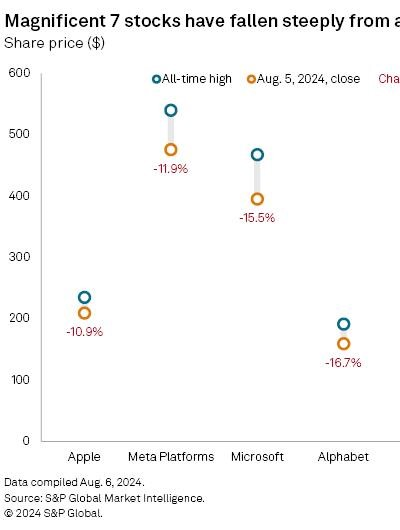
Let’s dispense with any notion that «dump shops» is a derogatory term. Instead, let’s celebrate the incredible global network of thrift stores, secondhand shops, charity shops, consignment stores, and used goods stores – a vibrant ecosystem of commerce that’s quietly revolutionizing our relationship with consumption and the planet itself. These aren’t just places to find a bargain; they are powerful engines of sustainable consumption, driving the circular economy and reshaping global commerce.
A Treasure Trove of Affordable Shopping
The sheer scale of this movement is breathtaking. From bustling recycling centers and donation centers in North America and Europe to the vibrant markets of developing nations, the trade in pre-owned goods is booming. This isn’t just about affordable shopping and low-cost retail; it’s about accessing quality goods at prices that are accessible to a wider population, fostering economic development and contributing to poverty reduction in many communities.
Consider the intricate supply chains involved: the collection of donations, the sorting and processing of goods, the meticulous curation within consignment stores, and the eventual sale – often involving sophisticated import-export networks connecting continents. This global exchange of used goods is a testament to human ingenuity and collaborative spirit. It’s a remarkable example of how resourceful people are transforming what might have been considered waste into valuable resources.
Environmental Champions: Reducing Waste, Minimizing Environmental Impact
The environmental benefits are undeniable. By extending the lifespan of products, these enterprises significantly reduce the need for new manufacturing, minimizing the environmental impact associated with resource extraction, production, and transportation. The focus shifts from a linear «take-make-dispose» model to a circular one, where waste management is not just an afterthought but a core component of the system. The reduction in landfill waste is a powerful contribution to a healthier planet.
- Reduced Carbon Footprint: Manufacturing new goods consumes significant energy and generates substantial carbon emissions. Buying secondhand significantly reduces this footprint.
- Conservation of Resources: Reusing existing goods conserves precious natural resources that would otherwise be depleted in the production of new items.
- Minimized Pollution: Less manufacturing means less pollution from factories and transportation.
International Trade and Economic Empowerment
The international trade aspect is particularly compelling. The movement of pre-owned goods across borders provides economic opportunities for communities in both exporting and importing countries. It fosters entrepreneurship, creates jobs, and contributes to a more equitable and sustainable global economy. It’s a truly inspiring example of how global commerce can be a force for good.
The Future of Sustainable Consumption
The rise of thrift stores and similar enterprises is not just a trend; it’s a powerful indicator of a shift in consumer values. More and more people are recognizing the ethical and environmental benefits of choosing secondhand. As awareness of the circular economy grows, the global network of «dump shops» – or rather, let’s call them what they truly are, treasure troves of sustainability – will undoubtedly continue to expand its reach, transforming the way we consume and interact with the world around us.

Magnificent! The author
This article is a breath of fresh air! It brilliantly reframes the narrative around secondhand shopping, celebrating it not just as a cost-effective option, but as a powerful force for sustainable consumption and global economic development. The writing is engaging and informative, making complex issues easily accessible to a broad audience.
A truly insightful and inspiring piece! The author masterfully highlights the often-overlooked significance of the global secondhand market, showcasing its economic and environmental benefits with compelling clarity. The description of the intricate supply chains involved is particularly fascinating, painting a vivid picture of the human ingenuity and collaborative spirit at play.